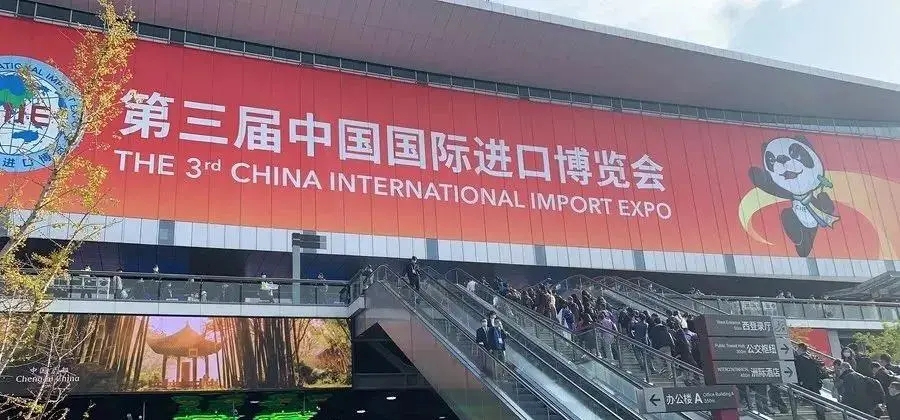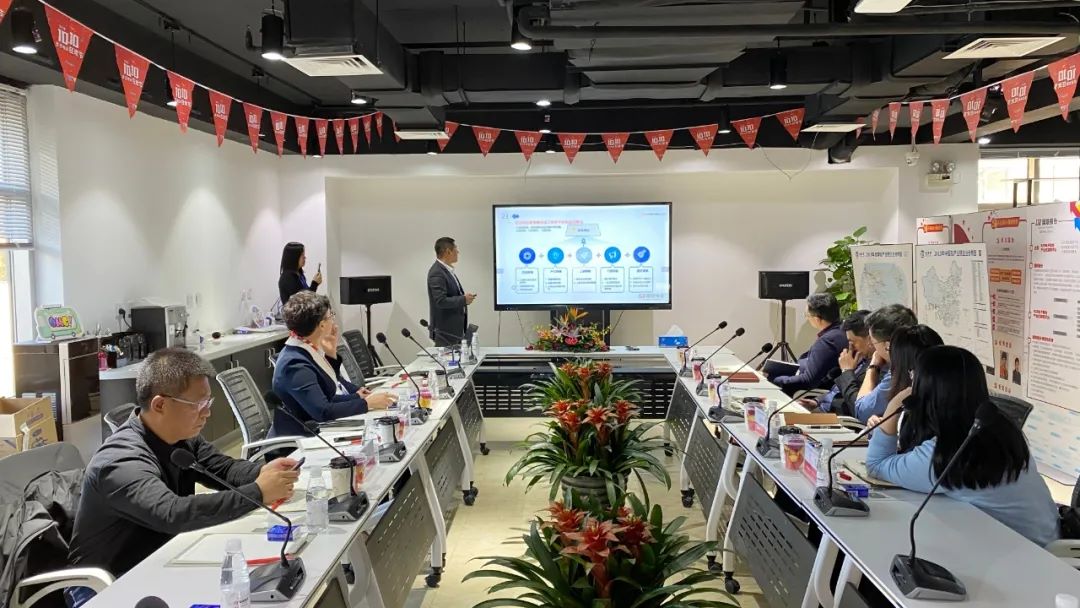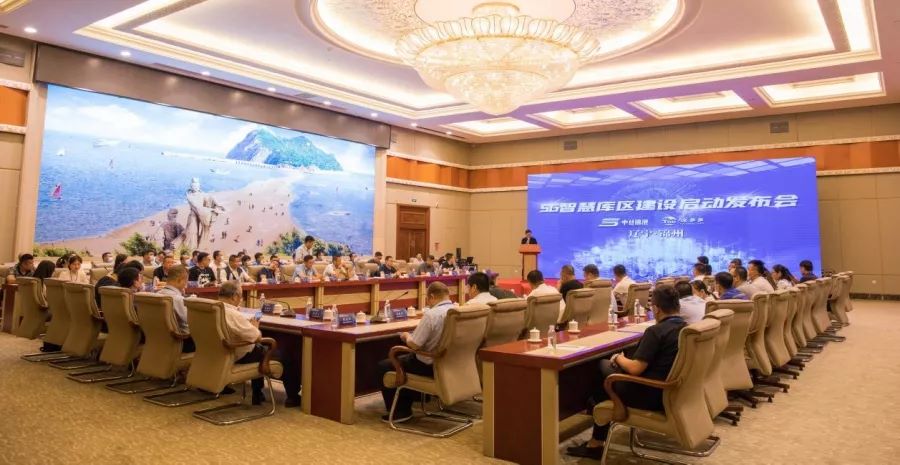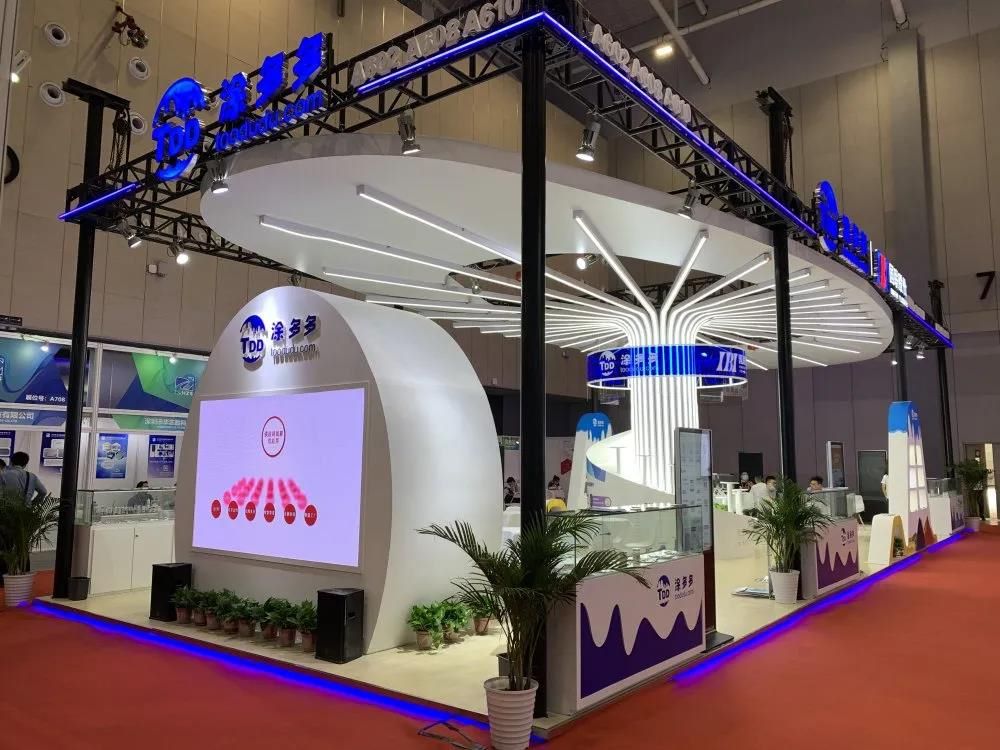The new energy wave has given rise to a silent tire revolution, but the industry is fraught with hidden safety risks
Hidden worries behind the market explosion
As the penetration rate of new energy vehicles exceeds the 40% mark, silent tires are becoming a new battlefield in the industry. According to data from the China Rubber Industry Association, sales of new energy special tires surged 167% year-on-year in the first five months of 2024, of which silent technology tires accounted for as much as 78%. However, in the market's rapid development, non-standard modified "silent cotton tires" have caused many safety accidents.

Reporters found that there are a large number of "silent cotton modification services" in auto parts cities in Beijing, Guangzhou and other places, with a single charge ranging from 80 to 200 yuan. The owner of a tire shop revealed: "Now at least 20 tires are modified every day, and all of them are polyurethane cotton wholesaled from Taobao." However, third-party testing shows that the temperature resistance of these materials is less than 200℃, which is far lower than the normal temperature of 250℃ inside the tire when driving at high speed, and there is a serious risk of spontaneous combustion.
■ Industrial upgrading under technical barriers
Real silent tires are not simply adding cotton. Jean-Marc, technical director of Michelin, pointed out in an exclusive interview with this magazine: "The silent system needs to form a resonance solution with the carcass structure and formula design. Modifying the silent cotton may destroy the dynamic balance of the tire, resulting in an abnormal wear rate of more than 30%."
Leading companies are building moats through patented technologies:
[Michelin Acoustic Silent Technology]
√ Customized molding of polyurethane sponge
√ Cavity noise elimination rate of 92%
√ Suitable for high-end models such as Tesla Cybertruck
Actual data: At 100km/h, the noise inside the car is 7.3 decibels lower than that of ordinary tires
[Bridgestone B-SILENT System]
√ Sound wave-heat energy conversion technology
√ Supporting models such as Weilai ET7
Comparative test: 60km/h working condition noise value 65.7dB vs ordinary tire 72.6dB
[German Continental ContiSilent]
√ Full temperature range stable polyurethane layer
√ Adapted to BYD Hiace 07EV
Durability test: After 50,000 kilometers, the noise reduction performance is less than 8%
■ Industry standards need to be established urgently
The latest report from the National Rubber Tire Quality Supervision and Inspection Center shows that the risk factor of non-standard noise-reduced tires is 4.7 times that of original noise-reduced tires. The China Society of Automotive Engineers is taking the lead in formulating the "Technical Specifications for New Energy Vehicle Special Tires" and plans to include noise-reduction performance in the mandatory certification system.
- Domestic and international rubber market situation on April 27, 20251013
- The winning formula of Hankook Ventus sports tire901
- The new energy wave has given rise to a silent tire revolution, but the industry is fraught with hidden safety risks990
- Domestic PCR market: TBR trend gradually emerging931
- In-depth analysis of Michelin's first quarter performance in 2025: Challenges and opportunities coexist1012









